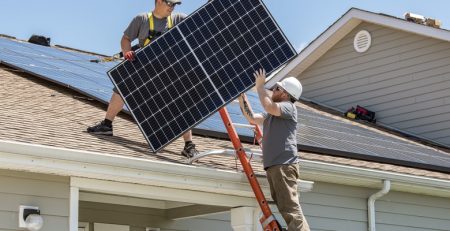USING MODULAR TECHNOLOGY FOR TEMPORARY QUARANTINE FACILITIES
The world has certainly not been the same since the first case of the global pandemic commonly referred to as COVID-19. Today, the coronavirus is the hot topic across most online news outlets and rightly so when you consider the rate at which this pandemic has spread across the world and within nations.
It began as what was believed to be a minor outbreak in Wuhan, China in 2019 but has since become a global pandemic. Despite the tireless efforts of governments to flatten the curve, daily reports of new cases are still prevalent. Sadly, there is currently no known vaccine or cure for COVID-19.
Millions of people around the world have been infected with coronavirus and until a cure or vaccine surfaces, the number is expected to keep rising. This rapid spread emphasizes the need for additional quarantine facilities as the majority of the isolation centers in the UK have been filled up. This shows that the UK government is in urgent need of additional quarantine facilities that must be constructed.
THE CONCEPT OF MODULAR QUARANTINE FACILITIES
There are obvious differences between traditional and modular buildings. The latter are manufactured through the technology of prefabricated building units in a factory. These components are then transported to the construction site for assembly.
Hence, the UK government should consider the use of modular buildings for temporary quarantine facilities for patients infected with the coronavirus. One of the benefits of turning to modular technology is that these quarantine facilities can be constructed in little or no time at all. Visit Smart-space to learn more.
THE BENEFITS OF USING MODULAR TECHNOLOGY FOR TEMPORARY QUARANTINE FACILITIES
Below are a few reasons why governments need to turn to the use of modular technology for the construction of temporary quarantine facilities:
- LOW COST IMPLICATIONS: Relying on traditional buildings for quarantine facilities will take a heavy toll on the country’s finances. This will cause the government to spend beyond its budget which, in turn, will affect other areas of the economy. Sourcing of construction materials and transportation, including construction site navigation, are a few reasons why traditional buildings are high cost. On the other hand, the ability to predict the construction process of modular buildings makes them low cost in the long run. This affords governments the opportunity of staying within their budget.
- CONSTRUCTION SPEED: If there is anything the government does not have when it comes to the spread of COVID-19 it is time. The rapid infection rate of the coronavirus is at an all-time high and the government cannot afford the luxury of waiting for the construction of traditional buildings. In order to keep up with the spread of the virus, the government should take advantage of modular quarantine facilities. For starters, each facility can be assembled in a matter of days or weeks.
- CONSTRUCTION FLEXIBILITY: One of the things that are constant in life is change. We may draw out a plan today and may have to modify it tomorrow. This is one of the benefits of using modular technology for temporary quarantine facilities. It allows the government to make a few tweaks to the initial construction design in terms of expansion and modification.
In conclusion, while we keep our fingers crossed in hope that a cure or vaccine for the coronavirus surfaces in no time, the government will need to turn to modular technology for the construction of temporary quarantine facilities.










